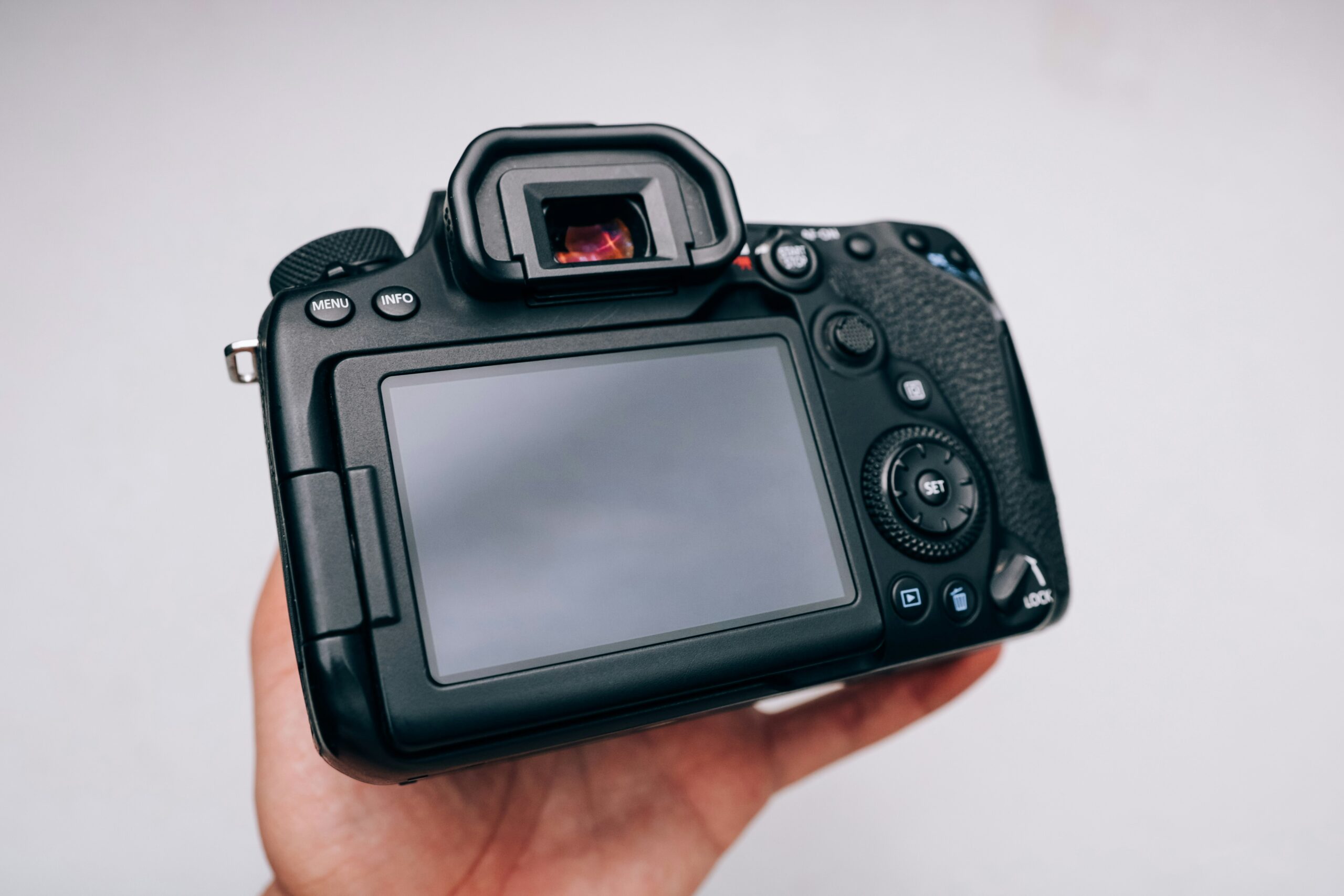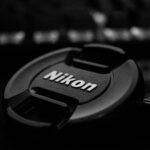Purchasing a used digital camera can be a great way to get high-quality equipment at a fraction of the cost of a new one. However, it’s crucial to evaluate the camera carefully to ensure you’re making a smart investment. Here’s a comprehensive guide to help you assess a used digital camera before buying it.
1. Research the model
Before anything else, familiarize yourself with the camera model you are considering. Check reviews, specifications, and common issues associated with the model. Knowing what to expect in terms of performance and potential problems can help you make a more informed decision.
2. Check the camera’s exterior condition
Examine the camera’s body for any signs of damage:
- Scratches and dents: Minor scratches are usually cosmetic, but deep dents or cracks could indicate the camera has been dropped or mishandled.
- Buttons and dials: Ensure all buttons and dials work smoothly without sticking.
- Lens Mmount: Look for any wear around the lens mount, which could indicate frequent lens changes or mishandling.
- Ports and connectors: Check USB, HDMI, and other ports for damage or dirt.
3. Inspect the lens (if included)
If the camera comes with a lens, examine it closely:
- Glass condition: Look for scratches, dust, or fungus inside the lens.
- Aperture blades: Check that the aperture blades are clean and move freely.
- Focus ring: Ensure the focus ring rotates smoothly without any grinding or sticking.
4. Evaluate the sensor
The sensor is the heart of the camera. Here’s how to check it:
- Test shots: Take some test shots to check for dead pixels or unusual spots that could indicate sensor damage.
- Inspect with a loupe: Use a magnifying tool to look at the sensor surface for any dirt or damage.
- Check for dust: Some dust is normal and can be cleaned, but excessive dust might indicate poor maintenance.
5. Assess the shutter count
The shutter count indicates how many times the camera’s shutter has been fired. It’s akin to the mileage on a car:
- Shutter lifespan: Different models have different shutter life expectancies. Research the expected lifespan for the model you’re considering.
- Software tools: Use software tools or services that can read the shutter count from the camera’s metadata.
6. Test the camera’s functionality
Make sure all camera functions work correctly:
- Autofocus: Test the autofocus in different lighting conditions and on various subjects.
- Exposure settings: Ensure the exposure settings (aperture, shutter speed, ISO) change correctly and have an effect on the image.
- Viewfinder and LCD screen: Check for dead pixels or discoloration on the LCD screen and clarity in the viewfinder.
- Battery life: Test the battery to see how well it holds a charge. Replacement batteries can be a hidden cost.
7. Examine accessories and extras
Check if the camera comes with any accessories:
- Battery and charger: Ensure they are original and in working condition.
- Straps, caps, and bags: These items, though minor, can add value and indicate how well the camera was cared for.
- Memory Cards: If included, check their condition and capacity.
8. Verify the seller’s credibility
Whether buying from an individual or a store, ensure the seller is reputable:
- Reviews and ratings: If buying online, check the seller’s reviews and ratings.
- Return policy: Understand the return policy in case the camera doesn’t meet your expectations.
- Ask questions: Don’t hesitate to ask the seller about the camera’s history, usage, and any issues.
9. Price comparison
Compare the price of the used camera with new ones and other used options:
- Market price: Check current market prices to ensure you’re getting a fair deal.
- Included accessories: Factor in the value of included accessories when comparing prices.
Conclusion
Buying a used digital camera can be a rewarding experience if you take the time to evaluate it thoroughly. By following these steps, you can minimize the risk of encountering problems and maximize your satisfaction with your purchase. Happy shooting!
Written by AI.



